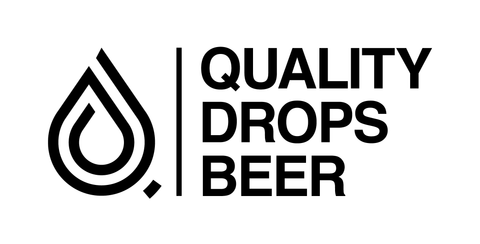What on earth is Double Dry Hopped (DDH) Beer?

So what is Dry-Hopping?
We see this term everywhere these days. Dry Hop (DH) Pale Ales or Double Dry Hop (DDH) IPAs, for example, have become common sites in any craft beer lovers fridge over the last few years. But what do these letters actually mean?
Well in short, it’s all to do with when and at what temperature hops are added in the brewing process. Traditionally, hops are added to boiling wort (malt ‘infused’ water) to add aroma and flavour - imagine tea in boiling water. At this high temperature, acids within the hops create bitterness, which we see in traditional styles with no dry hopping, like an English Pale Ale.
However, aside from these acids, hops also contain natural oils which have more tropical, fruity aromas. BUT! They are highly volatile and if they get too hot, they disappear within a few minutes.
Therefore, brewers extract these oils from the hops by placing them in the beer when the beer is much cooler - fermentation stage. Generally 10C-20C, the hops are dunked in for a period of time to impart their bright but complex flavours to the beer.
If hops are added whilst the yeast is still fermenting, a reaction between the two causes a permanent haze - enter the New England IPA!
DDH is a bit less clear on what exactly it means, but usually it’s adding hops both during and after the fermentation or just doing two dry hop additions at anytime!
So… really what are we talking when we say DH or DDH? It’s brewing with additional hops, at a different time, meaning we get a more fruity, tropical or dank aroma/flavour profile. Could be hazy, but doesn’t have to be!
We’ve got a banging example of a DDH Double IPA in the form of Pomona Islands ‘I feel weasels on all sides’. A soft, smooth, peachy, pineapple little number.
Check it out on the webshop and you’ll be drinking it in no time 🚛 🛒 You might also be interested to learn about the difference between craft beers and commercial beers.
